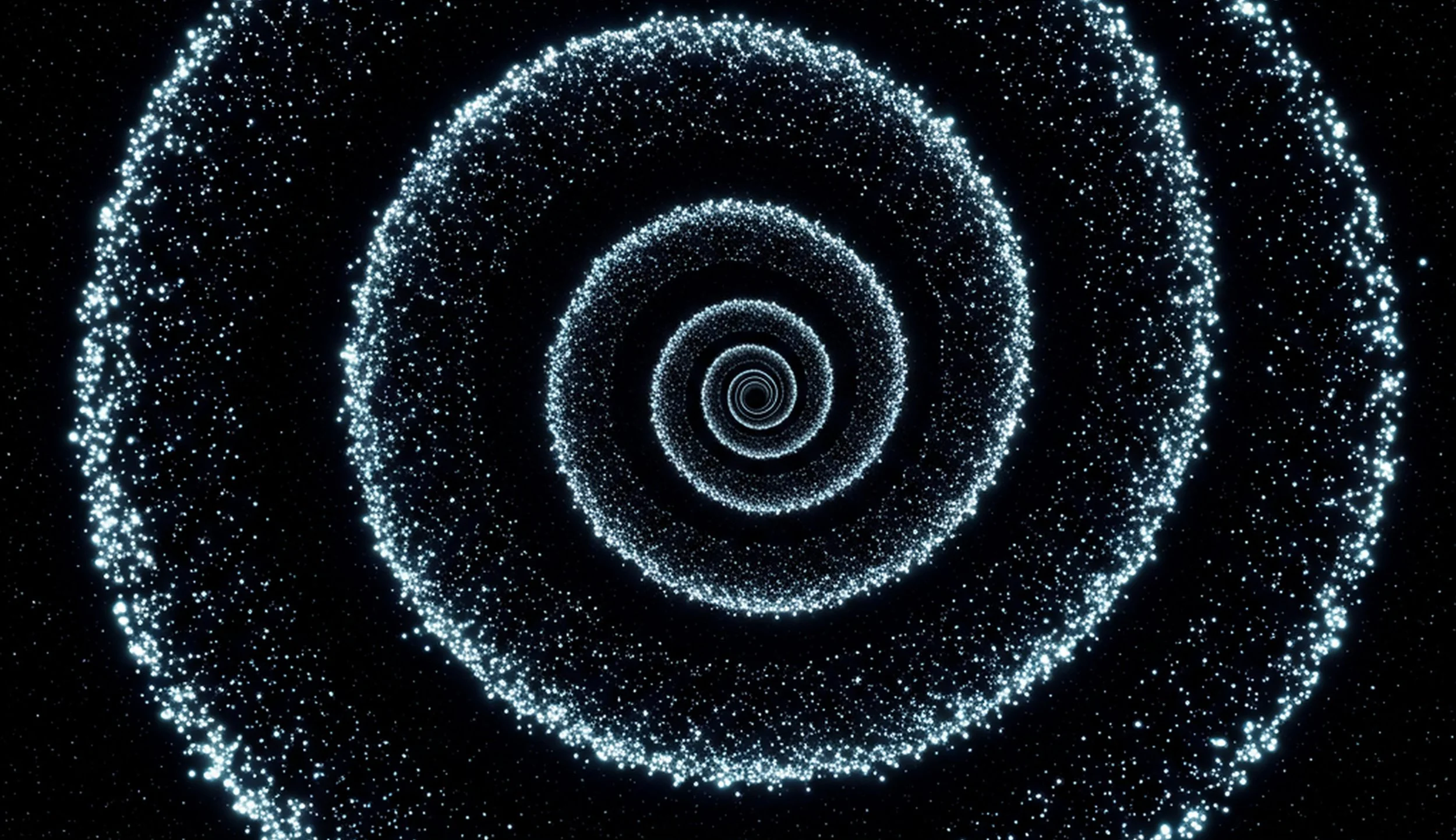Midlife as an Invitation
Jungian wisdom calls us into wholeness. Taoist guidance calls us into harmony. Together, they invite us to a life that is less about striving and more about listening, less about control and more about alignment, less about achievement and more about presence.
Midlife, approached with patience and compassion, is not the beginning of decline. It is the beginning of freedom.
Seeing the Path Behind Me
If you find yourself standing at the edge of something new—restless, uncertain, but called—know that you are not alone. Transitions are initiations, and every step you take is part of a larger unfolding. If you’d like to explore your own journey through the lens of archetypes and inner guidance, I welcome you to connect with me for a conversation. Sometimes all it takes to begin is a witness who can help you see the path that’s already forming beneath your feet.
Meeting Ourselves in the Middle
To cultivate ourselves, in Taoist and Jungian terms, is to come home—to let the full range of who we are move and express in its time. Not to balance like a scale, but to live in rhythm. To let yin rise when it’s time to rest. To let yang express when it’s time to act. To listen for the anima’s song, or the animus’s clarity. To grow not by effort alone, but by learning to befriend the deeper patterns of our psyche and nature.
In that spirit, coaching becomes more than just goal-setting. It becomes inquiry. A practice of integration. A remembering that nothing essential is ever missing—it’s only waiting to be welcomed back.
On Healing and the Path Inward
“One never heals another, but only provides the means for his own healing.”
– Carl Jung
Jung saw healing not as a technique, but as a process of becoming. Of coming into wholeness. The analyst, he wrote, does not heal the patient—the healing arises from within, as the individual integrates what has been split off, ignored, or buried. The therapist may provide the space, the mirror, the insight—but the journey is always inward.
Mapping the Moment
Over the past 25+ years, I’ve worked in branding, strategy, and marketing—fields that rely on tools to make meaning from complexity. Whether helping an organization define its direction or supporting a leader through a moment of pivot, I’ve always believed in the power of frameworks that clarify what matters most.
So, it may come as no surprise that in my coaching practice, I sometimes borrow from that same toolkit.
One of those tools—the SWOT analysis—is often seen as strictly business. But I’ve found it to be equally useful in the deeply personal work of navigating change. When approached with presence, honesty, and compassion, a SWOT analysis becomes something more than strategy—it becomes self-inquiry.
What Blinds the Eye: Taoism and the Noise of Now
The Noise of Modern Life
We’re living in an era where the five colors don’t just blind the eye — they scroll endlessly across our screens. The five tones are not ancient pentatonic scales, but algorithmically selected audio bites designed to grab attention, sell product, or shape opinion. The five flavors? Over-salted, over-sweetened, engineered for addiction.
Finding the Way Through Chaos: A Taoist Response to Political Stress
(image: The Street, 1916, Max Beckmann, Artist, German, 1884 - 1950)
Lately, I’ve been thinking about how to stay grounded and present in the midst of everything happening around us—especially in the U.S. political climate right now. The tension, polarization, and constant stream of information can feel overwhelming. Like many of you, I care deeply. But I also notice how easy it is to get pulled into reactivity, fear, or fatigue.
Unmaking the Man — A Taoist Reflection on Masculinity
(image: The Rapids, Hudson River, Adirondacks, 1894, Winslow Homer)
In Taoist thought, nothing in nature forces itself.
The oak doesn’t rush its growth. The river doesn’t try to be strong—it simply flows, finding the lowest places and nourishing everything along the way.
The Body is a Landscape
(image: The machine man (1925), Albert Daenens (Belgian, 1883-1952)
In Western thinking, we often treat the body like a machine—something to be diagnosed, repaired, and optimized. But Classical Chinese Medicine offers an entirely different metaphor: the body as landscape—living, relational, seasonal.
The Way That Moves Through Us
(image: Autumn River (秋江), 1998, Mo Ce 莫测, Chinese, born 1928)
In a culture shaped by doing, Taoism quietly asks us: What if you allowed yourself to be moved instead of always moving?
You Are Not a Problem to Be Solved
(image: Winding Path to Seclusion (Qujing tongyou) 1998, Li Shaoyan)
We live in a culture obsessed with self-improvement. Scroll a social feed for five minutes and you’ll find a dozen ways to be more efficient, more productive, more healed, more enlightened—to be your Best Self! There’s always a new hack, a better mindset, a next step.










